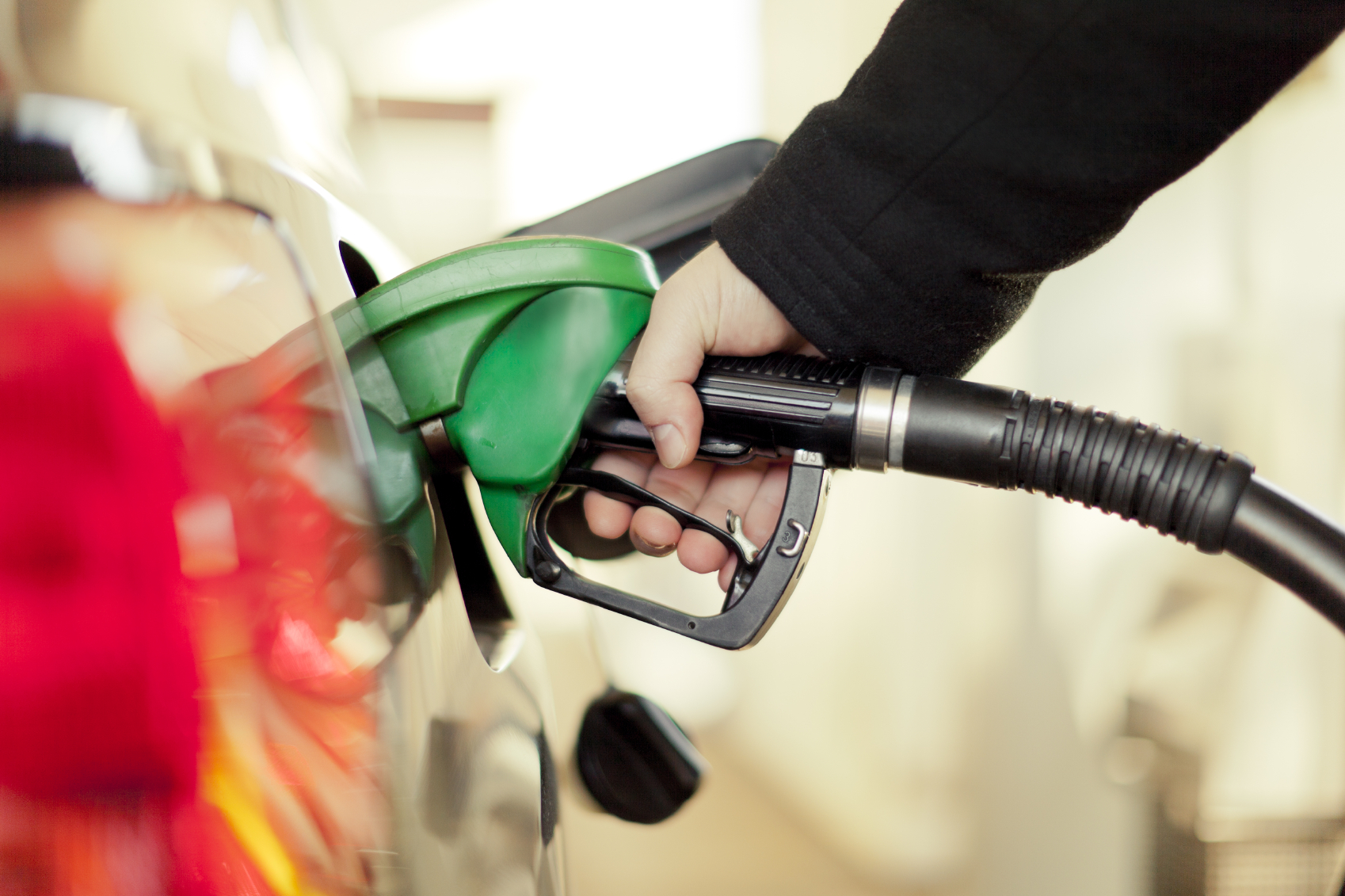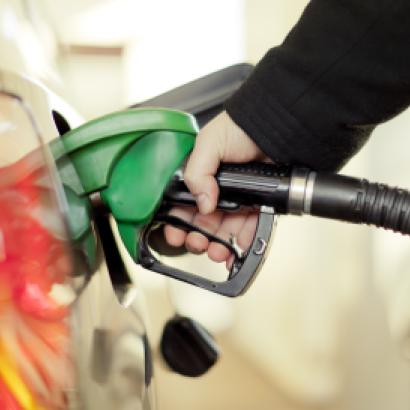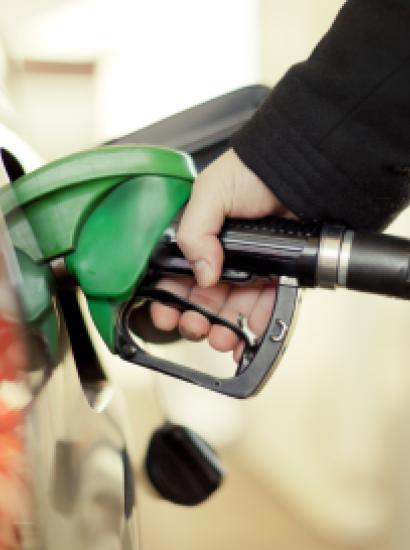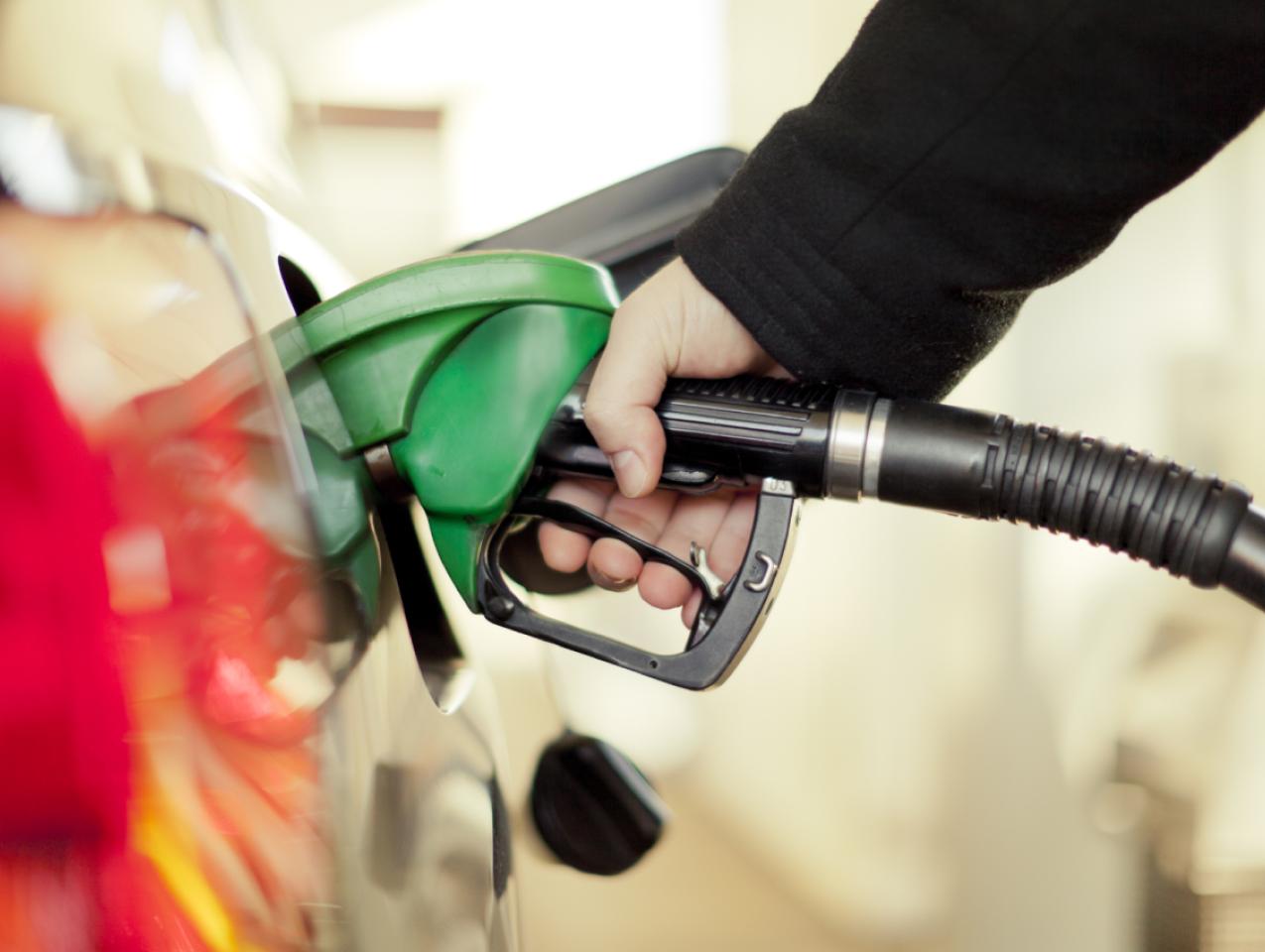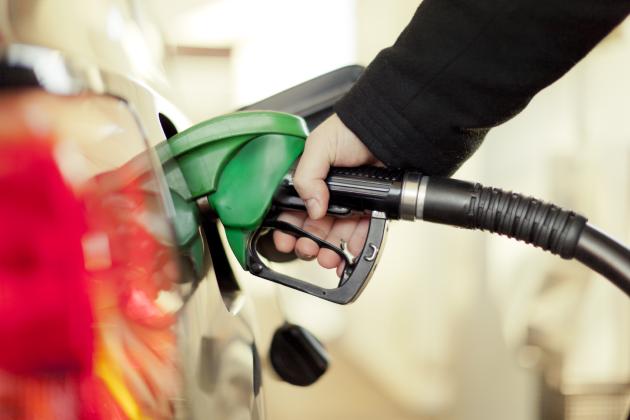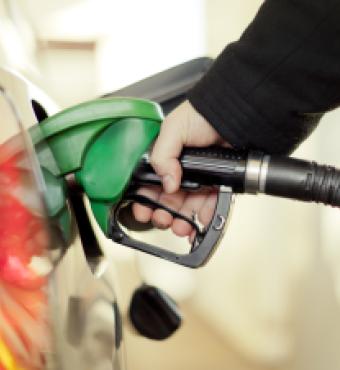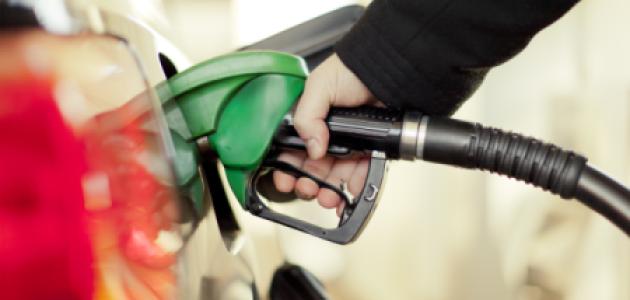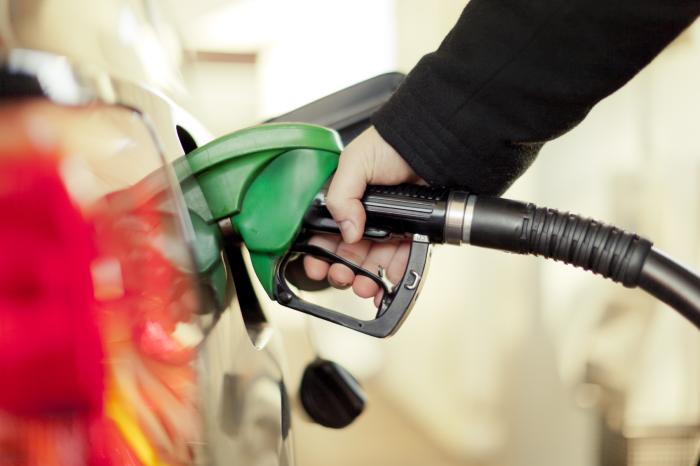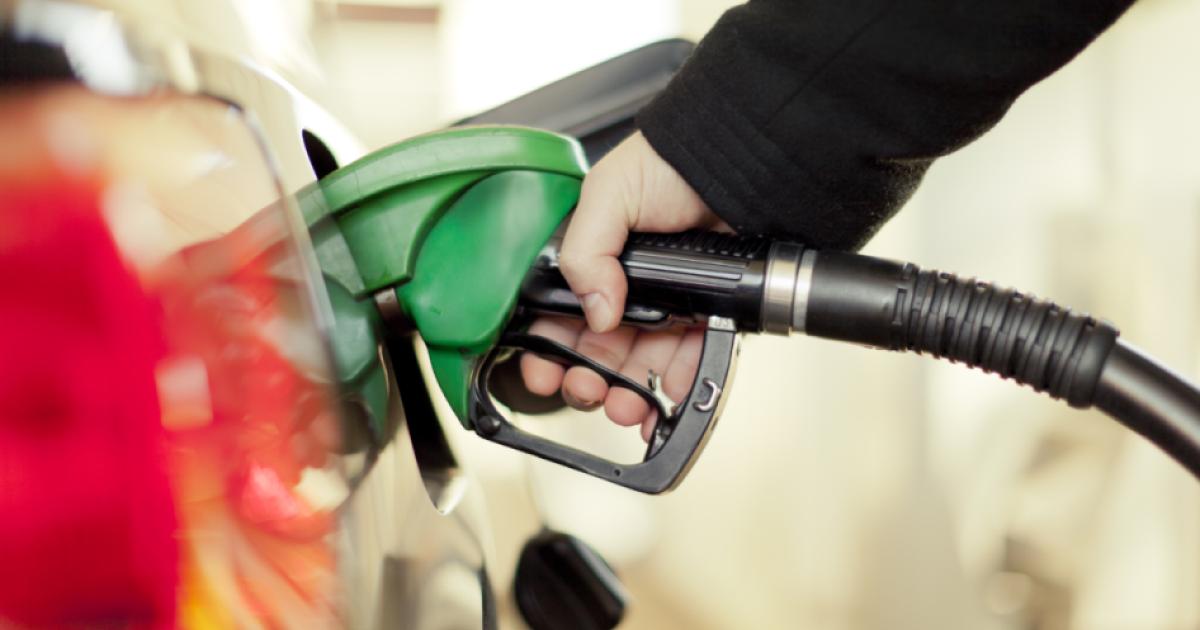- Economics
- Law & Policy
- Regulation & Property Rights
- Energy & Environment
A friend with a high-priced one-year-old Hyundai recently had a flat tire. When he looked in the trunk, he was surprised to see that he had no spare tire. In an article I wrote thirty-seven years ago, I explained why station wagons were disappearing and would likely never return. In the 1990s, auto companies began to produce millions of SUVs annually.
These three phenomena may seem unrelated. They’re not. They are all consequences of regulations that the federal government imposed in a 1975 law in the midst of the energy crisis. The regulations mandate something called Corporate Average Fuel Economy, CAFE for short. At first those regulations made cars lighter and more fatal to their occupants in the event of a crash. Now they are lighter and, though safer than their lighter counterparts of decades ago, are still more dangerous than heavier vehicles. The rules also make cars look more and more alike. Have you ever looked for your Toyota Camry in a large parking lot and instead found yourself heading toward a Honda Accord or even a Chrysler? I have. The regulations also cause engineers in the United States and other countries, many of whose employers want to produce for the US market, to put a large percent of their effort into compliance. And, most important, beyond the other negative consequences, the CAFE regulations have substantially reduced the freedom of producers and car buyers.
The Origin of CAFE
In my previous article for Defining Ideas, “Price Controls: Still a Bad Idea,” I briefly mentioned one consequence of price controls: they caused a temporary shortage of gasoline that led to regulations on fuel economy for cars and trucks that are still with us today. As with much government regulation, even while the rationales for CAFE have changed, the regulations remain.
In 1975, when politicians in Congress and President Gerald Ford noticed that in response to gasoline shortages we weren’t switching to smaller cars, they decided to force us to do so. A more straightforward option would have been to end the price controls. In response to the higher price of gasoline, many buyers would have switched to smaller, more fuel-efficient cars. But with an artificially low price, why do so? The time cost of waiting in line is the same whether you’re filling a tank that holds twelve gallons or sixteen gallons.
Instead, Congress legislated a timetable, beginning in 1978, for the average miles per gallon a car producer’s whole fleet of cars had to attain for each model year and a lower average mpg for the fleet of trucks that it sold. The numbers were set to increase each year, independent of the price of gasoline.
President Ronald Reagan ended the price controls in his first month in office. He had the authority, under a 1980 law, to do that. With that action, he also ended the main rationale for the fuel economy regulations. But Reagan didn’t have the authority to end CAFE, which was in the 1975 law. The regulations remained.
Proponents of CAFE typically made one or both of two arguments for the regulations. The first was that consumers wouldn’t take account of fuel economy in their purchase decisions. But the evidence early on belied that claim. In a 1983 article in the Journal of Political Economy, economists George G. Daly and Thomas H. Mayor examined the prices of used cars during the energy crises of the 1970s. Why used cars instead of new cars? Because a small number of auto companies set new car prices and such prices are, in economic jargon, “sticky.” They don’t change quickly in response to changes in demand. But prices in used car markets change much more quickly when demand or supply change. The two economists concluded:
The resulting estimates indicate that consumers took the energy crises seriously and formed expectations about future gasoline prices that appear rational when compared with the historical gasoline price series, with the forecasts of specialists and experts, or with the actual postsample behavior of gasoline prices. The evidence therefore supports the view that consumers are able to make rather complex choices with a great deal of rationality and casts doubt on the wisdom of policies based on assumptions to the contrary.
If you want big-picture evidence, look at most countries in Europe compared to the United States. Because of much higher excise taxes on gasoline, gasoline prices in Europe are dollars per gallon higher than in the United States. Not surprisingly, so are miles per gallon.
The second rationale at the time was that cutting our use of gasoline would make us less dependent on foreign suppliers of oil. But this rationale didn’t make sense either, for two reasons. First, oil is sold in a world market and so we are not dependent on any given supplier. We should have learned this early when OAPEC (Organization of Arab Petroleum Exporting Countries) imposed its 1973 embargo on oil to the United States, the Netherlands, and other countries. The embargo caused a shuffling of suppliers, much like a game of musical chairs, but with this important difference: the number of chairs equaled the number of players. What caused the increase in the world price from $3 a barrel to $11 a barrel was not the embargo but the reduction in supply. European countries that weren’t the target of the embargo faced that same high world price.
The other reason it didn’t make sense to worry about dependence on foreign suppliers is that the dependence goes both ways. We depend on foreigners to supply oil to us; they depend on us for the money we pay to buy that oil. Adam Smith famously said that it is not the from the benevolence of the butcher, the baker, or the brewer that we expect our dinner but from their regard to their own self-interest. The same principle applies to foreign oil producers, even when they hate us.
The Perverse Effects of CAFE
Because the regulations set a high bar for miles per gallon, engineers in Detroit and in other countries producing for the US market put a lot of focus in making cars conform. The easiest way to do so in the short run was to make cars lighter. One problem is that, all other things equal, lighter cars are less survivable in accidents. In a 1989 article in the Journal of Law and Economics, Harvard economist John Graham and Brookings Institution economist Robert Crandall estimated that CAFE reduced the weight of cars in the late 1980s, and would continue to do so in the 1990s, by about five hundred pounds on average. They estimated that that would make lifetime fatalities for each model year 2,200 to 3,900 higher than otherwise over the assumed ten-year life of the cars. That’s not a small number.
I noted earlier my 1985 prediction that station wagons would disappear. In that same article I pointed out that in 1984 General Motors was considering producing its large station wagon as a truck instead of a car. The reason: the 1985 standard for cars was 27.5 mpg for a mix of urban and highway driving, while the standard for trucks was only 19.5 mpg. GM and, indeed, other auto manufacturers got more creative than I had assumed. That’s something companies often do when faced with a tough new constraint. They produced SUVs and, because they were built on light truck platforms, called them trucks. In the 1990s and early 2000s, huge numbers of SUVs began to be sold. (Another unintended consequence: sales of big, gas-guzzling pickup trucks have also boomed.) That means, of course, that the regulators did not achieve the actual fuel usage that they had wanted.
In the early 2000s, President George W. Bush tightened the CAFE constraint and President Barack Obama raised it further. President Donald Trump rolled the standard back, but President Joe Biden is reversing Trump’s action. Under Biden’s proposed rules, cars and light trucks combined must reach an average of 38 mpg by 2026, up from Trump’s already ambitious 32 mpg.
In response to steadily tightening mileage and emissions standards, auto companies have used more complicated engineering, including many computers, to coax out a few extra mpg. That’s made things more difficult for owners to repair their own cars. Also, companies have made cars more aerodynamic because that saves at least a few tenths of a mile per gallon. And, as noted earlier, many models no longer carry a spare tire and the ones that do, like my 2015 Camry, have a “doughnut tire” on which I had better not travel too fast or too far.
Mileage Will Fall Short
Added on to the old rationale for CAFE is a new one that the Obama administration pushed hard as a justification for mandating higher fuel efficiency: reducing global warming.
But whether the goal is to rein in global warming or to reduce dependence on foreign supplies, there’s a big problem with the regulations even beyond the ones I’ve discussed above: they don’t reduce fuel usage as much as advertised because of two factors: the “rebound effect” and what might be called the “older car effect.”
The rebound effect occurs when drivers realize, as they quickly would, that with high fuel economy, driving an additional mile costs less. One economic principle that we economists are most sure of is the law of demand: when the price of something falls, we use more of it. With a lower price per mile, we’ll drive more. In 2014, Kent M. Hymel, an economist at California State University, Northridge, and Kenneth A. Small of the University of California, Irvine, estimated that the rebound effect would chew up 17.8 percent of the projected fuel savings.
Moreover, these mandated increases in fuel economy make new cars more expensive and, in some ways, less desirable. When people pay more for less, they are less likely to buy a new car and more likely to hold on to their old cars longer. Older cars, of course, have lower fuel economy. In a 2015 article in the American Economic Review, Wharton economist Arthur V. van Benthem and University of California, San Diego, economist Mark R. Jacobsen estimated that the used car effect would chew up an additional 13 to 16 percent of the projected gas savings. So the rebound effect and the used car effect add up to 23 to 26 percent of the projected savings.
The Tax Alternative?
As noted above, in future years the fuel economy requirements will increase. That means that cars and light trucks will become more expensive to buy and repair and will probably look even more like each other, and the rebound and used car effects could even increase.
Is there a better way? Yes, and economists have advocated it for some time now. That way is to impose a higher tax on gasoline. Because the CAFE regulations are so inefficient, an increased tax would not have to be large to achieve the actual fuel economy that the regulators say they want. The main reason is that the tax would hit every mile driven, not just those driven in new cars, and so there would be zero rebound effect and zero used car effect. Moreover, and most important, car producers would be free to sell the kinds of cars people want and cars would more closely reflect the preferences of buyers. Freedom would increase.
It’s true that because higher gasoline taxes are visible, they are understandably very unpopular with the public. CAFE regulations would be even more unpopular than higher gasoline taxes if the public understood the damage that those regulations cause. In a 1992 article in the Journal of Economic Perspectives, the aforementioned Brookings Institution economist Robert Crandall estimated that “CAFE costs about 7 to 10 times as much as a petroleum tax that would induce comparable reductions in oil consumption.”
Unfortunately, most of the public does not understand this. That’s why some economists advocate CAFE regulations despite their high cost. For that reason, I advocate a compromise: let’s end CAFE or, at a minimum, not impose the Biden rules, and not raise the gasoline tax. Fuel usage would increase somewhat and freedom to buy the cars people want would increase a lot. Might that cause the planet to be warmer than otherwise? Yes, but only a smidge. American Enterprise Institute economist Benjamin Zycher finds, under assumptions that exaggerate the Biden rule’s effect, that by the year 2100, reversing the Biden rule would cause the planet to warm by only 13 one-thousandths of a degree Centigrade. I’d rather have a cheaper, higher-performance car. More important, so would more than 100 hundred million Americans. A 2018 poll by the AP-NORC Center at the University of Chicago found that only 57 percent of Americans would pay an extra $1 a month on their electric bill to fight climate change. They’re not likely to be more favorable to paying more for cars. And the proposed standards will cost the average American far more than $1 a month.







